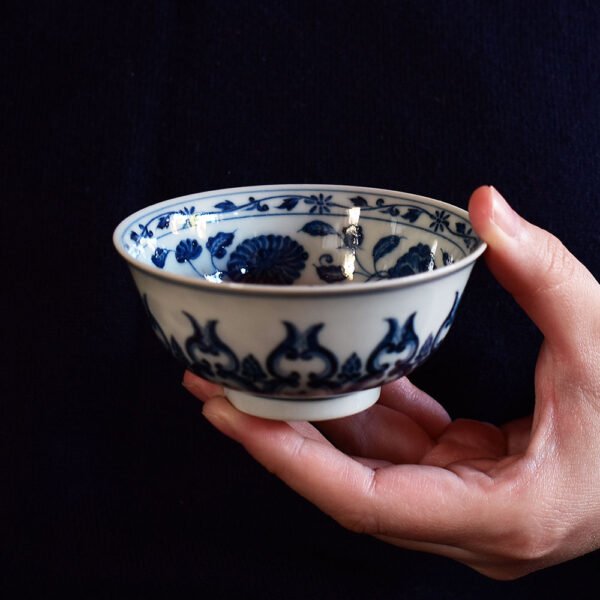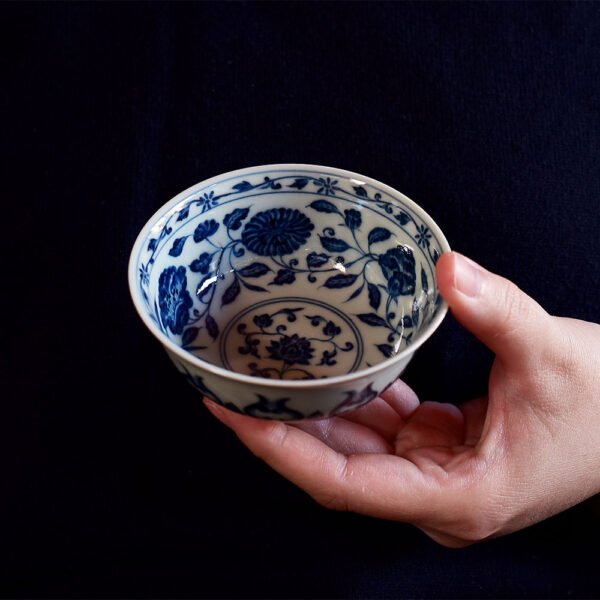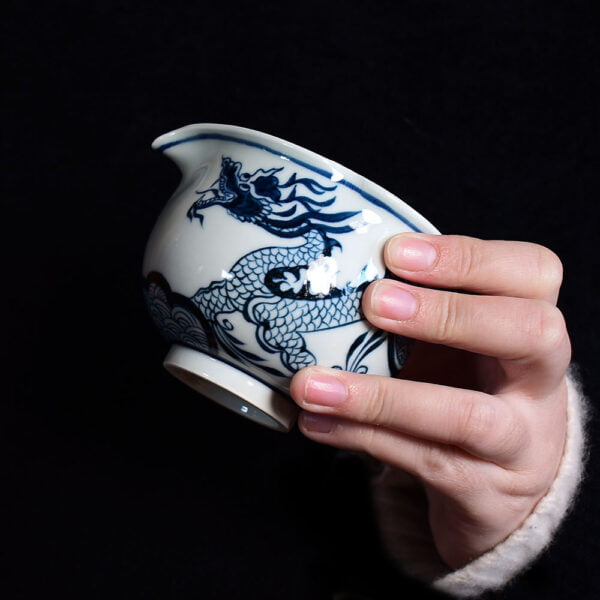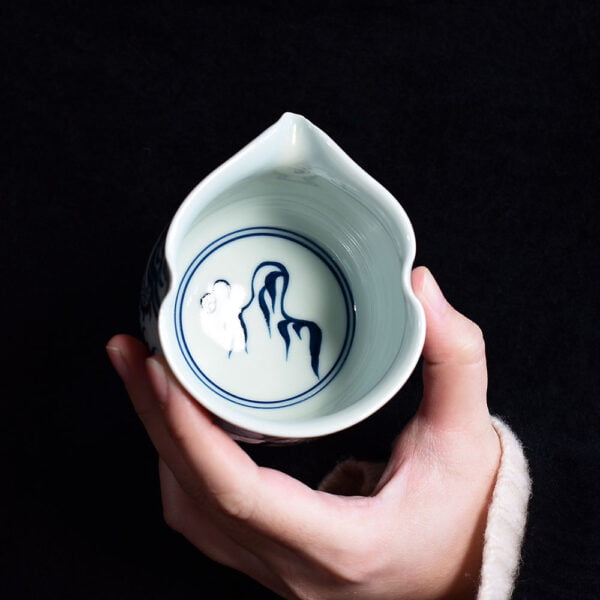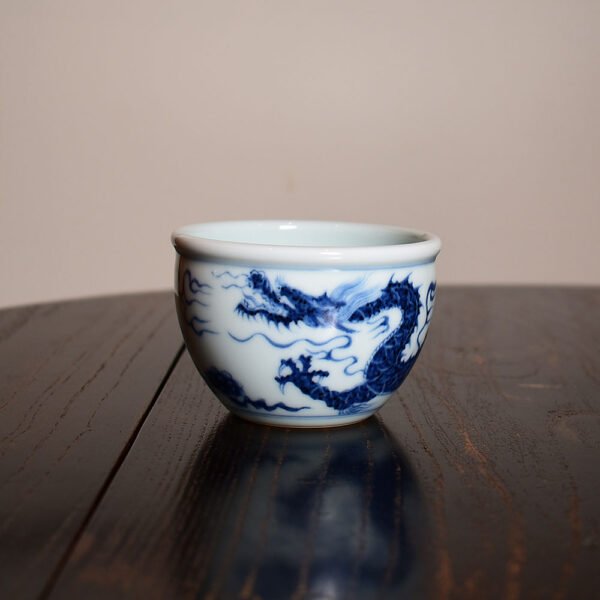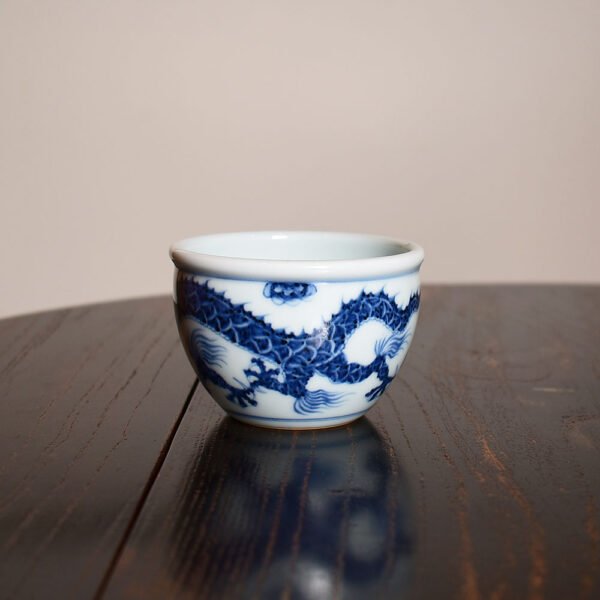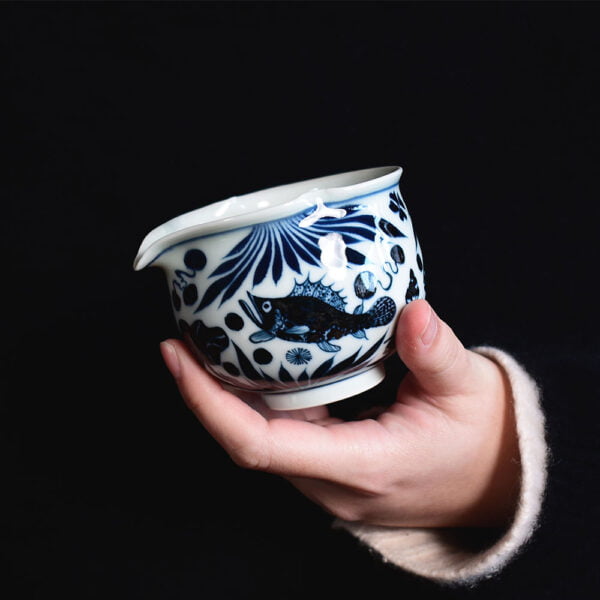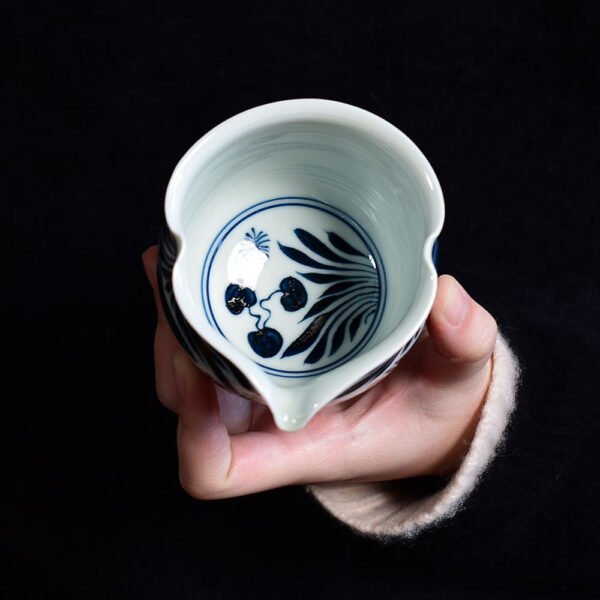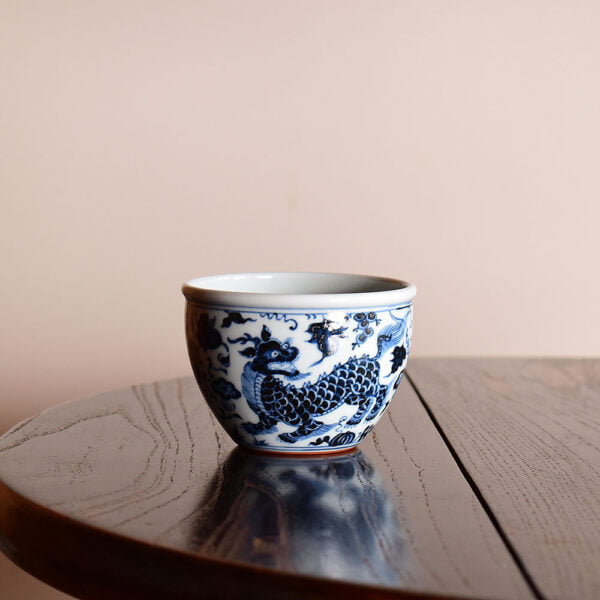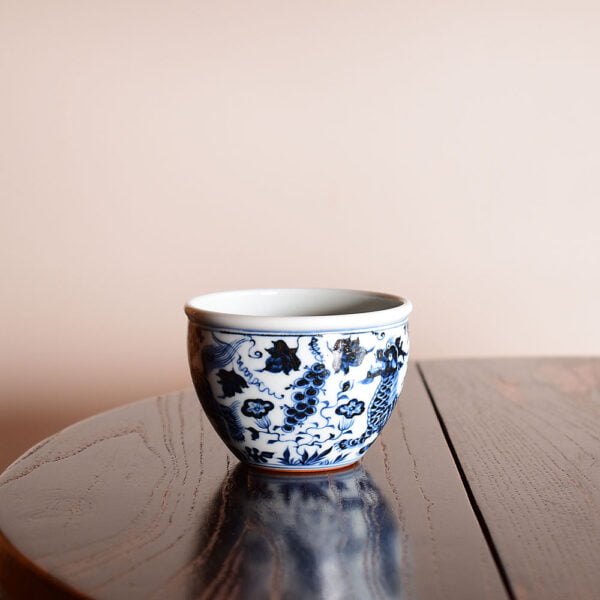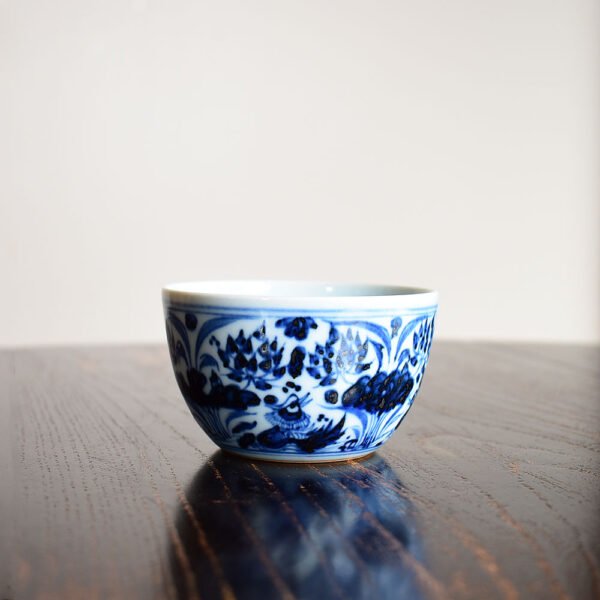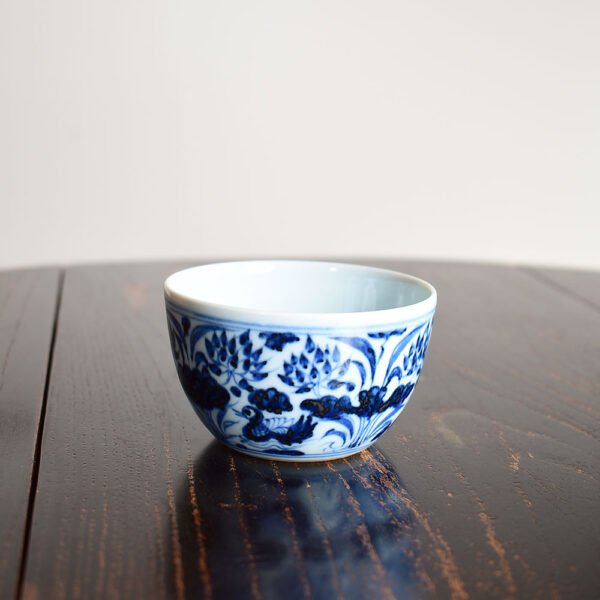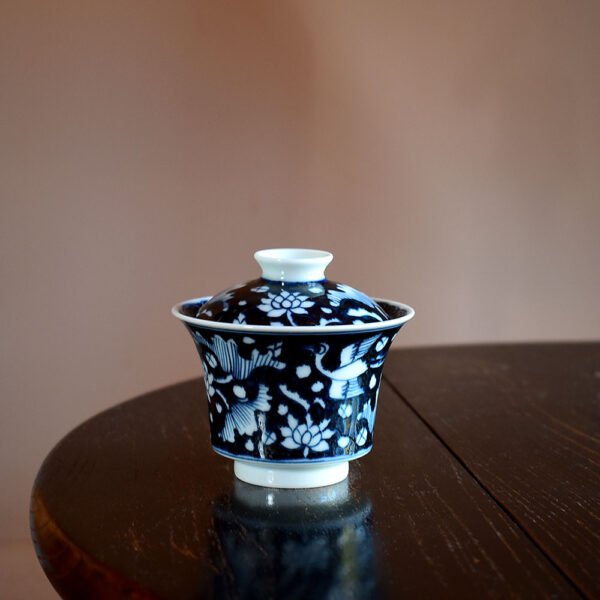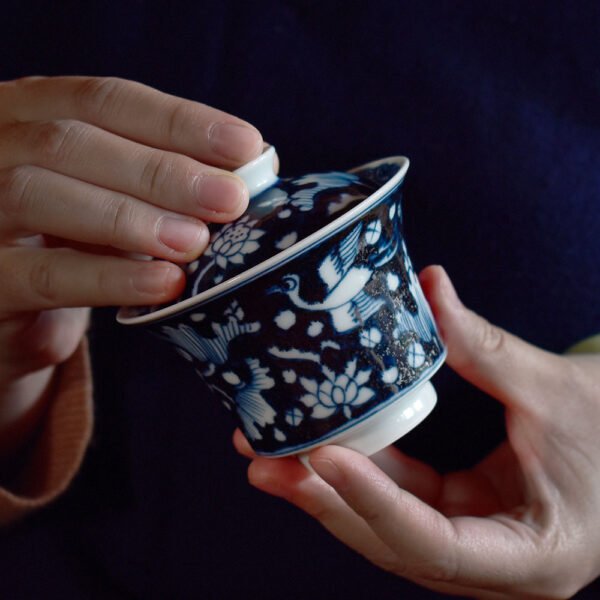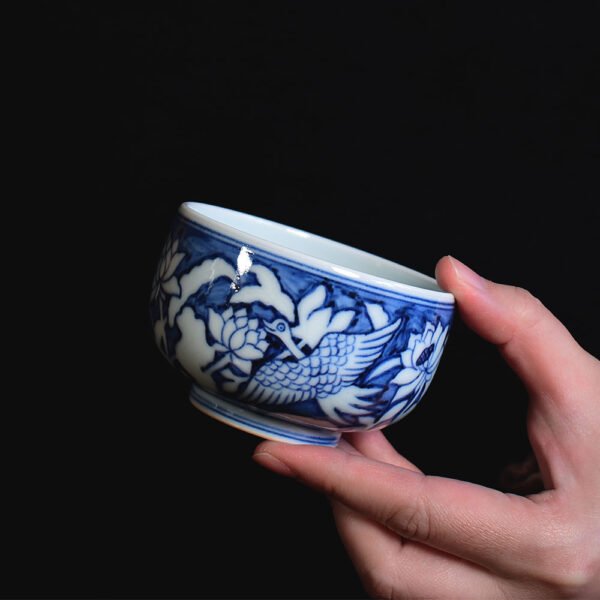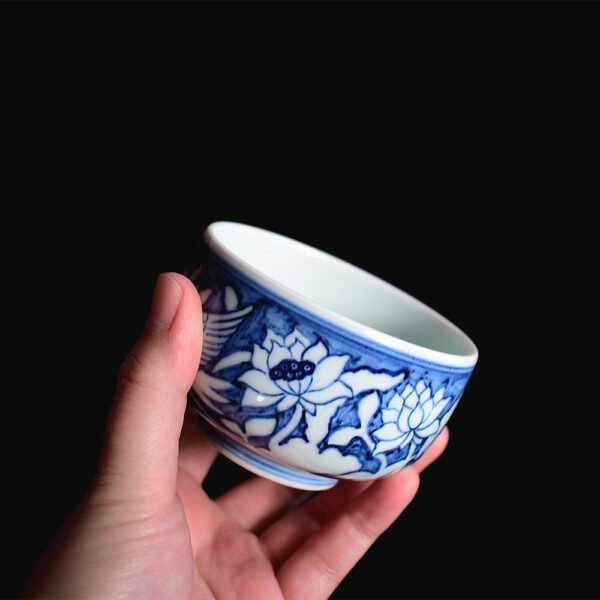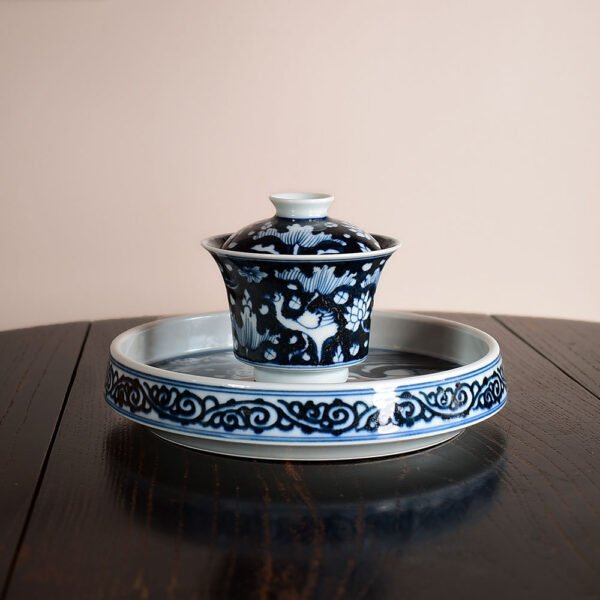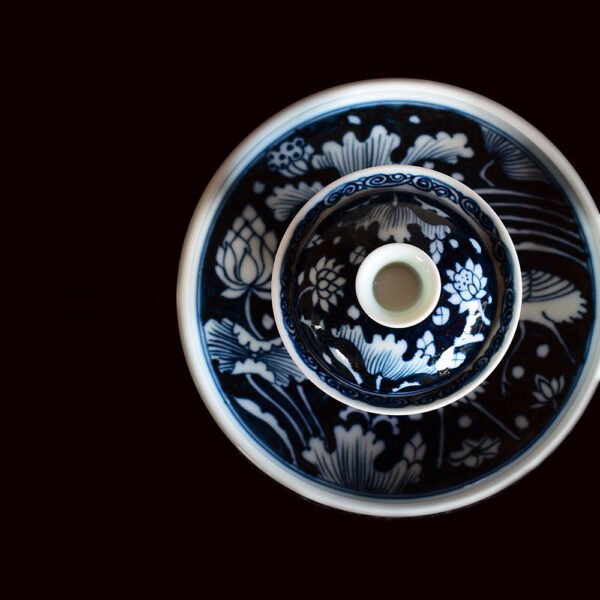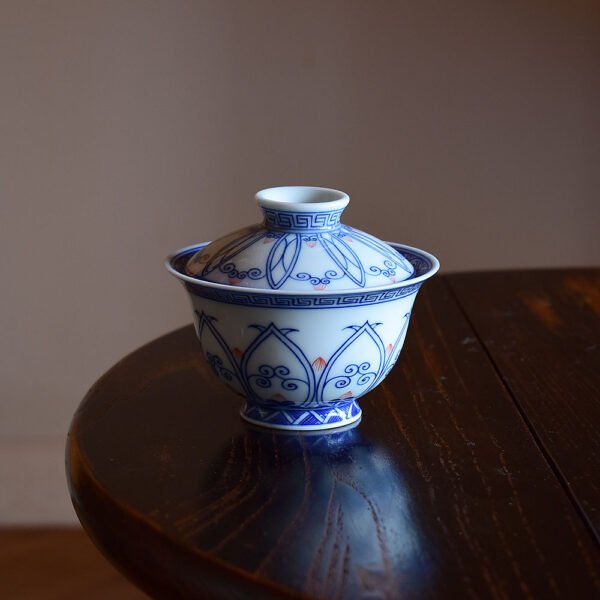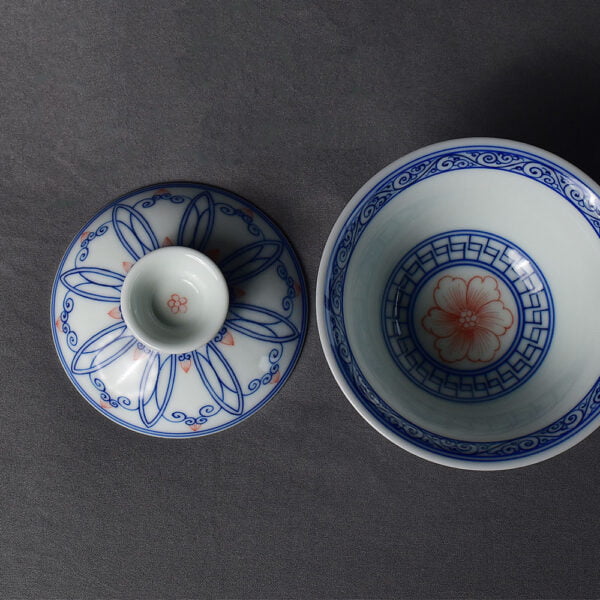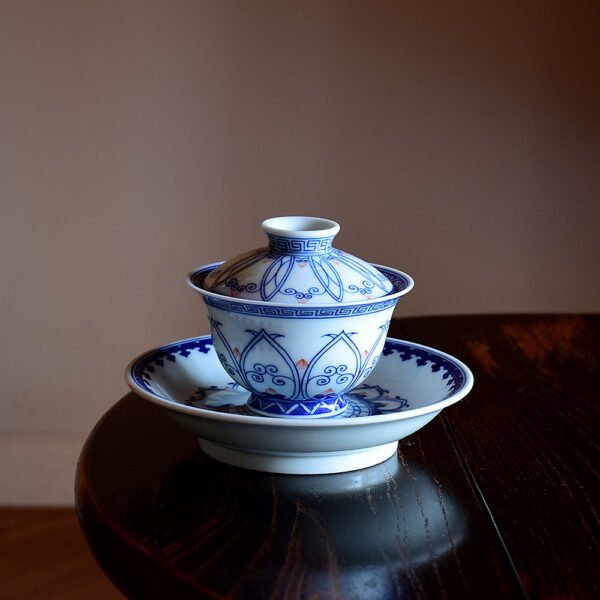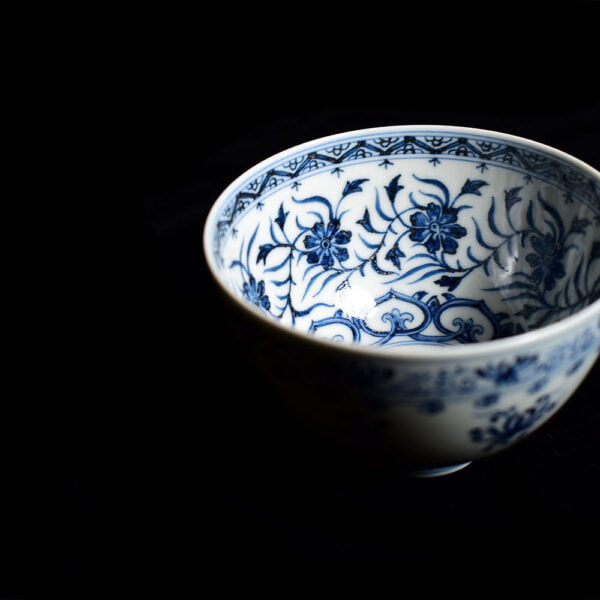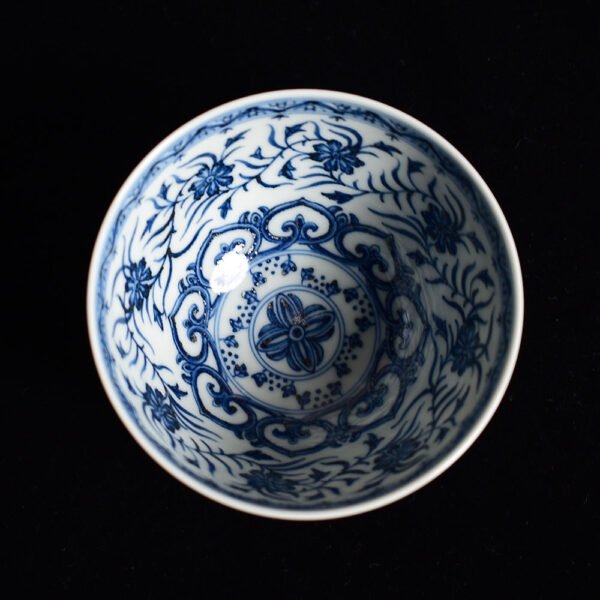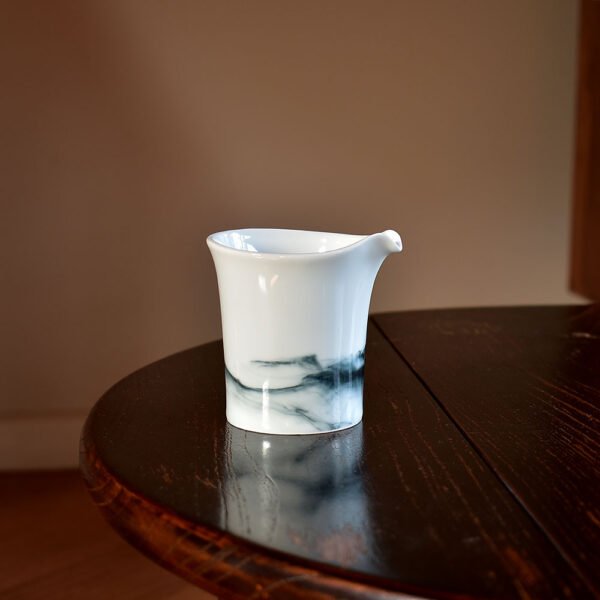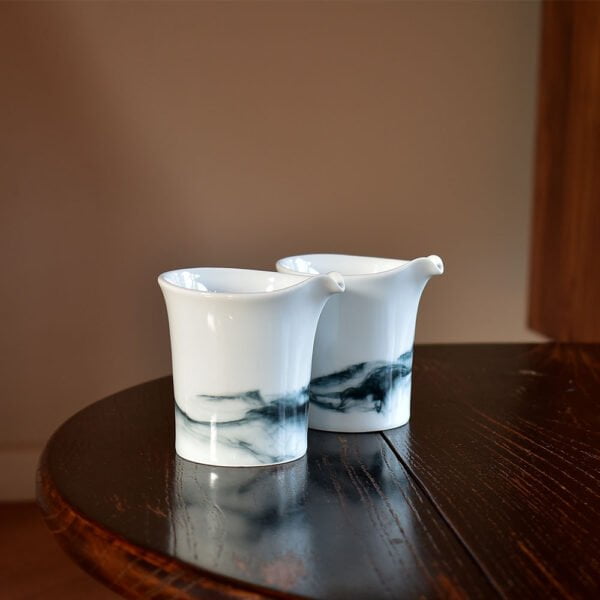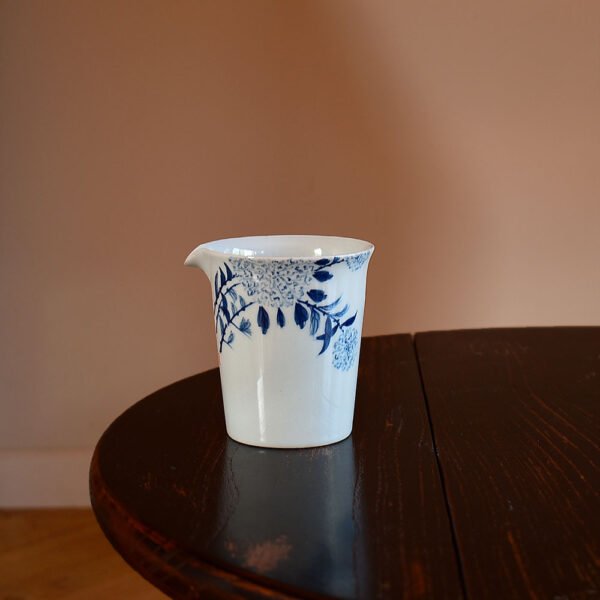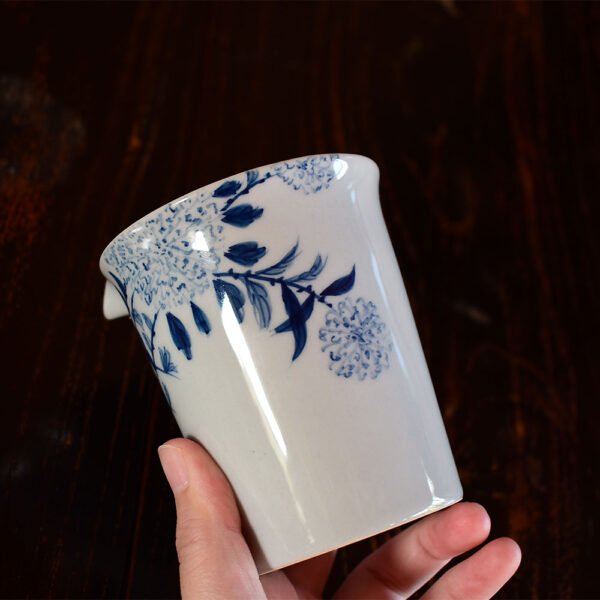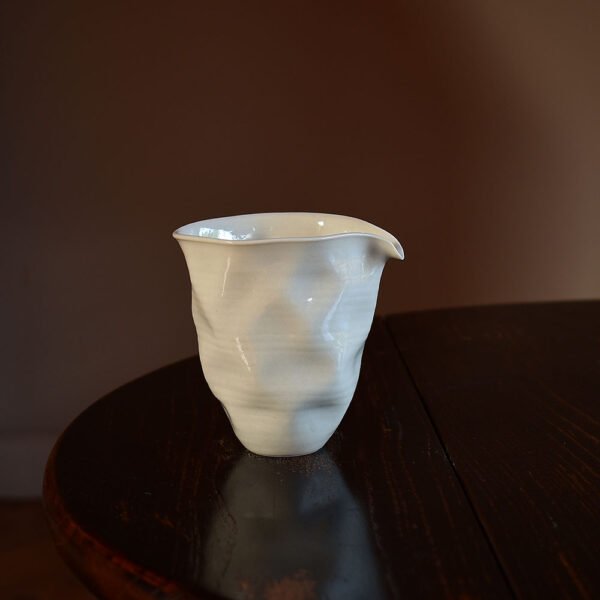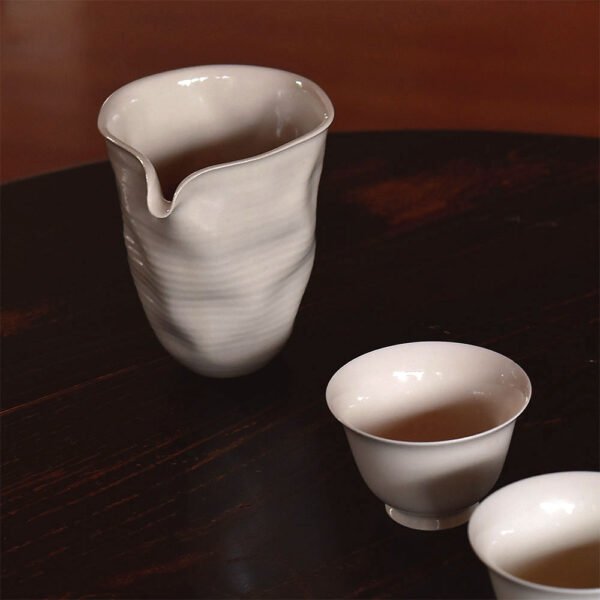Why Big Tea Cups?
Big tea cups bring many benefits to tea drinkers who like a full cup. With more capacity you can have more tea in one serve and less refills. They are perfect for casual tea times where you can sit back, relax and enjoy your tea without interruptions. Additionally, their affordable price makes them a great value for tea enthusiasts.
Suitable for All Teas
Big china tea cups are versatile enough to use for all types of tea. From herbal infusions to strong black teas, you can fully appreciate the flavour and aroma of your tea. Compared to tea mugs, which also offer a variety of designs and styles, big tea cups provide a unique experience with their larger size, making them ideal for teas that need more water for a fuller extraction of flavours, like oolong or Pu-erh. With big tea cups every sip is a bigger more satisfying one.
Easy and Handy
Another big advantage of big tea cups is the ease of use. Whether you’re having a lazy breakfast or a busy afternoon, the bigger size means less trips to the kettle. Perfect for those who like to enjoy their tea over a longer period. Big tea cups and saucers are also great for serving multiple people at gatherings or tea parties, more serves and less interruptions.
Big China Tea Cups
At Hey China we have big tea cups, including elegant teacups made from high-quality materials like fine bone china with 22ct gold trimming, ensuring both durability and style. Our big tea cups include big ceramic tea cups and big china tea cups, each designed to enhance your tea drinking experience.
Big Ceramic Tea Cups
Ceramic tea cups are known for their great heat retention and durability. Our collection includes vibrant purple-themed ceramic tea cups, perfect for adding a touch of style to your tea-drinking experience. Our big ceramic tea cups are perfect for those who want a robust long lasting tea cup that can keep their tea warm for longer. The smooth finish and comfortable grip of these cups make them great for daily use and the bigger size means more tea in each pour. Ceramic’s non porous surface means the flavour of your tea stays pure, no absorption of flavours or odours from previous brews.
Big Porcelain Tea Cups
For a more luxurious tea experience our big porcelain tea cups offer style and practicality. Porcelain is a classic material in the world of Chinese tea, lightweight and durable. These cups often have delicate designs and a glossy finish, perfect for casual tea times or formal occasions. The bigger size means more tea in each serve and the material retains heat so your tea stays at the perfect temperature for longer.
Big Glass Tea Cups
If you enjoy the look of tea as much as the taste big glass tea cups are a modern stylish option. You can see the colour and clarity of the tea, it’s a sensory experience. The transparency of glass also means you can see the strength of the tea as it steeps, more control over the brewing process. With their sleek design and bigger size glass tea cups are perfect for those who like a modern take on traditional tea ware.
Tea Cup Features
When it comes to enjoying a perfect cup of tea, the features of your tea cup can make all the difference. From infusers and strainers to lids and handles, each element is designed to enhance your tea-drinking experience, making it more convenient and enjoyable.
Infusers and Strainers
For those who love the rich flavors of loose-leaf tea, infusers and strainers are essential. An infuser allows the tea leaves to steep in hot water while keeping them contained, making it easy to remove the leaves once the tea is brewed to perfection. Strainers, on the other hand, are used to separate the tea leaves from the liquid after brewing, ensuring a smooth, leaf-free cup of tea.
At Hey China, our tea cups come with a variety of infusers and strainers, crafted from materials like fine bone china, ceramic, and glass. These accessories are available in different shapes and sizes to suit your brewing preferences, making your tea time both practical and delightful.
Lids and Handles
Lids and handles are more than just functional features; they add to the overall comfort and enjoyment of your tea-drinking experience. A lid helps to keep your tea warm for a longer period, allowing you to savor each sip at the perfect temperature. Handles provide a secure and comfortable grip, making it easy to hold and lift the cup without worrying about spills or burns.
Our collection at Hey China includes tea cups with beautifully designed lids and handles, catering to both minimalist and ornate tastes. Whether you prefer a simple, elegant design or a more decorative and intricate one, you’ll find a tea cup that suits your style. These features not only enhance the functionality of the tea cups but also add an aesthetic touch, making your tea time a truly enjoyable experience.
By focusing on these essential features, we ensure that every tea cup in our collection offers both practicality and beauty, making your tea-drinking moments even more special.
Big Tea Cups Benefits
A Focal Point for Your Tea Collection
Big tea cups are practical and a statement piece for any tea set. The bigger size and elegant design makes a visual impact and adds to the overall presentation of your tea. Whether you’re having a tea party or just having tea with family, big tea cups adds a touch of elegance to any table setting.
Your Tea Experience
The bigger size of these tea cups allows you to fully experience the aroma, flavour and warmth of the tea. By holding more tea these cups create a more immersive experience, the heat from the tea warms your hands and the aroma fills the air. It’s a moment of relaxation and indulgence especially during colder months when a warm cup of tea is just what you need.
Versatile for Other Drinks
Big tea cups are perfect for tea but their size and durability means they’re versatile for other drinks too. Whether you like coffee, hot chocolate or even a warm herbal infusion these cups have enough room for your favourite drinks. They’re sturdy enough for daily use so they’re a practical addition to any kitchen.
How to Look After Your Big Tea Cups
To keep your big china tea cups in top condition:
- Hand Wash Recommended: Many big tea cups are dishwasher safe but hand washing is recommended to preserve the finish and delicate designs. Use warm water, mild detergent and a soft sponge to avoid scratching the surface.
- No Abrasive Cleaners: Harsh cleaning products will dull the glossy finish of porcelain and ceramic tea cups. Stick to gentle cleaning methods to keep the cups shiny and smooth.
- Store with Care: When storing your big tea cups don’t stack them without protection. Place a soft cloth between the cups to prevent chipping or scratching.
Large Tea Cups
Filters
Done- 63 Chinese Tea
Product Filters
Filter by Category
Filter by Pu-erh Type
Filter by Type
Filter by Taste
Filter by Origin
Filter by Caffeine Level
Filter by Leaf Form
Filter by Brand
Filter by Colour
Filter by Material
Filter by Number of Pieces
Filter by Colour
Filter by Material
Filter by Size
Filter by Colour
Filter by Material
Filter by Colour
Filter by Material
Filter by Size
Filter by Colour
Filter by Material
Filter by Origin
63 Products





